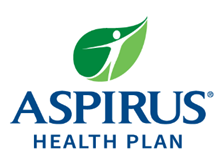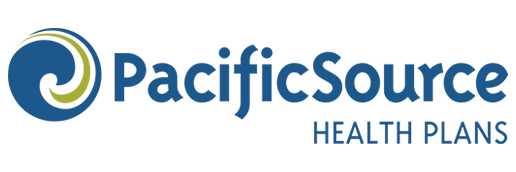May 14, 2020
by Tricia Barrentine Guay
More than 262 million Americans access medical care through a private health plan, either provided by an employer or through Exchanges, Medicaid and Medicare Advantage. The Alliance of Community Health Plans (ACHP) has proposed several novel approaches to ensuring access to care, maintaining continuity of coverage and stabilizing the health insurance market in the face of this unprecedented public health emergency. Addressing the volatility created by the pandemic through enactment of federal reinsurance and risk corridors is one piece of the puzzle to address access, continuity of coverage and market stabilization.
Reinsurance, Risk Corridors: Ensuring Affordable Coverage for all Americans
To provide additional financial protection for consumers, ACHP is asking Congress to create both a federal reinsurance pool and risk corridors to help mitigate the unforeseen costs of COVID-19 testing and treatment. These two programs have a proven track record – at both the state and federal level – of shielding consumers from premium spikes, cost-sharing or benefit changes and protecting against unexpectedly high health care costs. This approach is increasingly important as the full impact of the current public health emergency remains unknown.
Neither the reinsurance nor risk corridors program is new, and both have successfully made health insurance more affordable to millions of Americans. For instance, risk corridors and reinsurance are both a key part of Medicare’s prescription drug program (Part D), providing protections if spending is higher or lower than expected.
In addition, reinsurance programs operated at the state level are protecting consumers. In Minnesota, premiums soared over a two-year period (2016 -2017) due to a relatively small number of individuals who required expensive care. After the state instituted reinsurance, premiums in 2018 were reduced by approximately 20 percent from where they would have been without the program.
Consumers in Wisconsin experienced similar results. After premiums increased 44 percent in 2018, state lawmakers implemented a reinsurance program. In 2019 consumers saved on average 3.2 percent versus the expected additional 9 percent increase.
COVID-19 presents many challenges to the health care system. At least one estimate shows that costs associated with testing and treatment could top $250 billion. But the combined implementation of a federal reinsurance program and risk corridors can help keep markets stable and control costs for consumers, allowing them to focus on their own health and the health of their families.
Now more than ever, Congress must help ensure that continuous coverage and care is accessible and affordable for all Americans.


































